Backyard Mothing Part 2 - Ten Moth Photos (and How the Amateur Naturalist Can still Contribute to Science)
It seems strange to me that so many people love seeing butterflies and yet have an aversion to moths. They are all just member of the the same order, the Lepidoptera, and yes, moths can be beautiful too. Not only that but it is fascinating to study their life cycles. One might assume that science knows all there is about the humble moth. Far from it.
Here in Australia there are 10,586 described species within the Lepidoptera. However it is estimated that there are around 20,000 species. Worldwide there are 174,250 described species out an estimated 300,000–500,000. Not only that, but of those that have been described by science, we do not always know their full life cycle. In many cases nothing at all is known about their larval stage, distribution, or what food plants and habitat requirements they need. So for the amateur naturalist their is still plenty of room to contribute knowledge. The hobby of mothing is a great way to start learning about your local moth fauna and, if you so desire, you can contribute your records to various citizen science projects. In Britain there are county moth recording schemes and in Australia you could submit records to the Atlas of Living Australia. No doubt there are many similar projects in many parts of the world.
Science aside, if you are into macro photography, it's a great way to find some unusual subjects. Not only moths come to the light. I've had butterflies in the middle of the night. Also, many beetles, flies, wasps, lizards etc.
Are there other Steemians who are into mothing? Let me know if you are. If you don't know what mothing is, check out my earlier post here.
Last Nights Moths
Here in the southern hemisphere we are in the early stages of spring and the nights are gradually getting warmer. Yesterday, at sunset it was around 13 °C, and the forecast was for no rain, so I too the risk and left my Light Trap out all night. The reason I say 'risk' is that cold rain could potentially explode the hot mercury vapor bulb. I wasn't expecting too many moths as it is still early in the season here. However, a few did turn up and amazingly, two were species that I have not recorded here before. I've included the best of them below. I've also put the view orientation in the captions to make the various views searchable on google.
First up is Sorama bicolor which belongs to the family Notodontidae. It's quite a pretty moth, although that was not my wife's reaction when I showed it to her :-) Five of these turned up at the light trap.
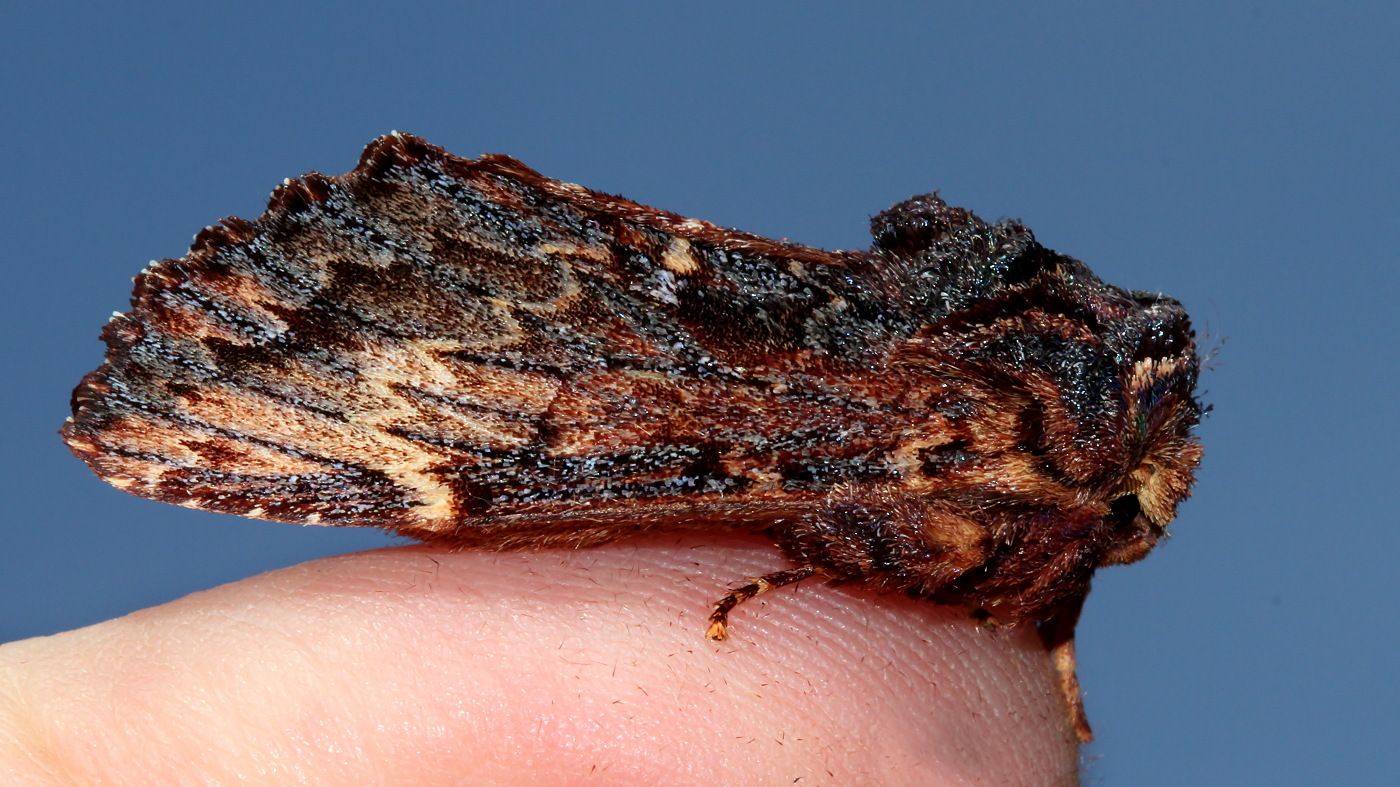
Sorama bicolor - Lateral view. Forewing length 28mm
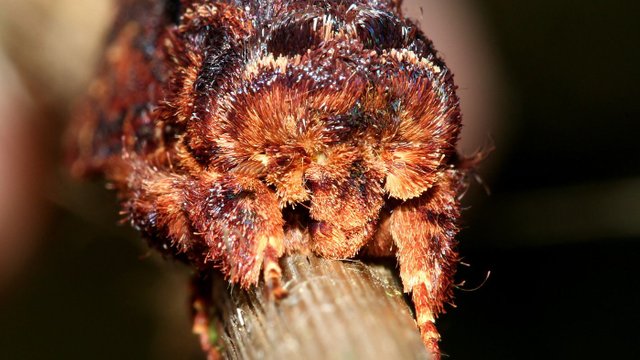
Sorama bicolor - Frontal view
There were at least 6 of these Southern Armyworm Moths Persectania ewingii. The larvae of these moths are considered an agricultural pest of grasses and cereal crops. I don't really have a lawn (just a collection of mown weeds) so they don't really bother me. The beautiful pattern on their wings reminds me of wood grain.
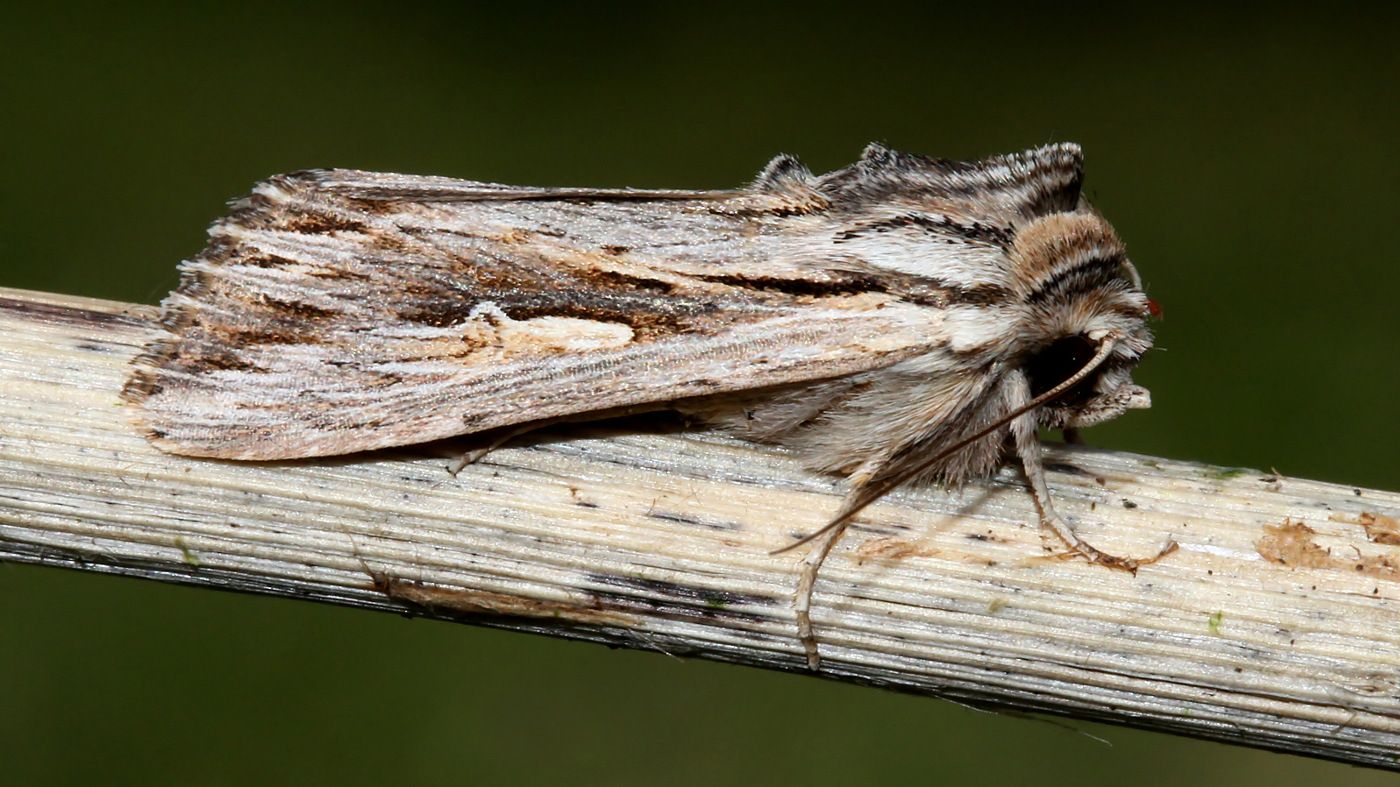
Persectania ewingii - Lateral view
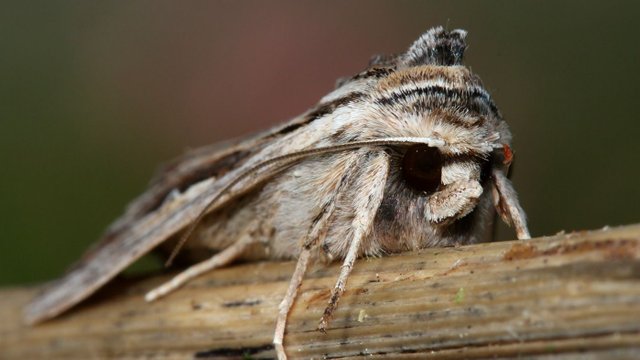
Persectania ewingii - Frontolateral view
Here's a Geometrid (family Geometridae). The larvae of this family are the inchworms and loopers. This was a new moth for me. As my moth library is currently in storage I was happy to get help with the ID from the Bowerbird web site. (A great resource if you are in Australia)
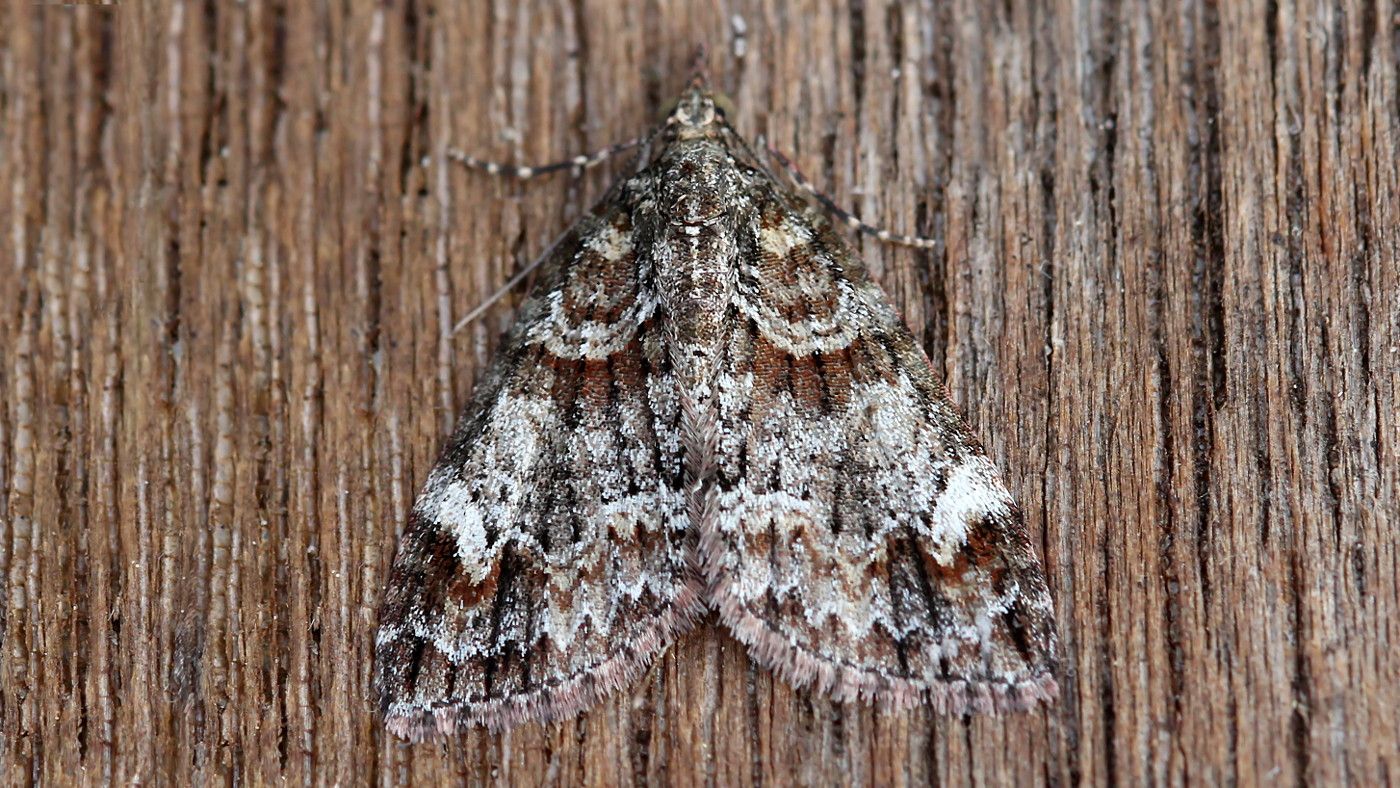
Either an unnamed Microdes sp. or possibly Microdes diplodonta - Dorsal view. Forewing length 22mm
The next moth also a Geometrid. This one appears to be quite a dark form of Idiodes siculoides, The Dry Leaf Looper. As the name implies, it can look like a dry leaf.
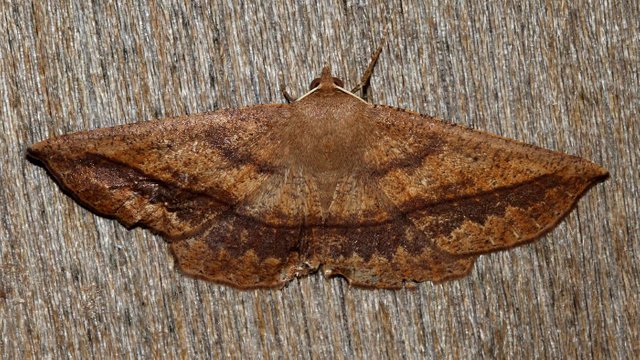
Idiodes siculoides - Dorsal view
My favourite for the night was this little gem. It was the first time I've seen this one. It's quite small, the forewing length is only around 8mm. It is Glyphidoptera insignana of the Tortricidae family. I owe thanks to the folk on Bowerbird for this one as well.
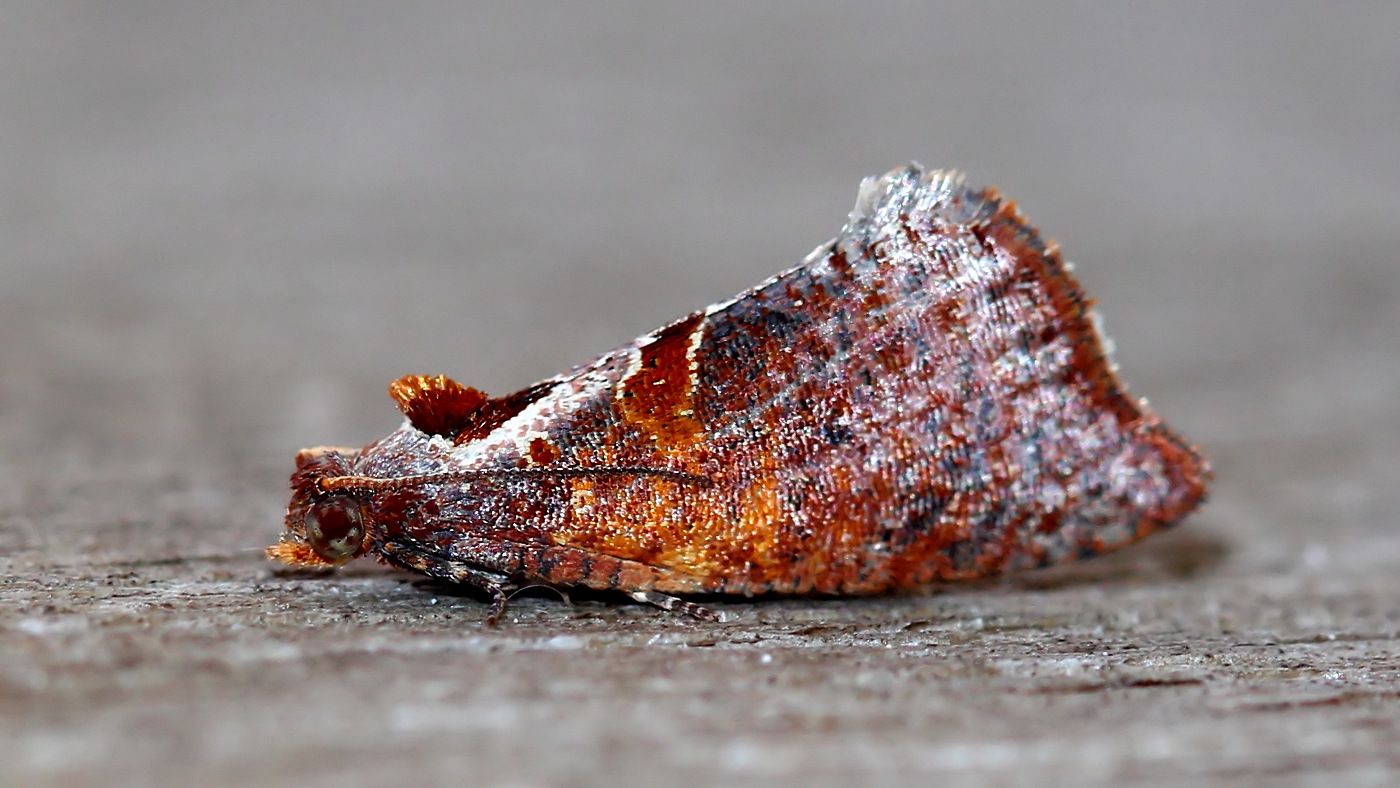 Yet to be identified - Any suggestions welcome.
Yet to be identified - Any suggestions welcome.Here's another Noctuid. This one is Praxis edwardsii.
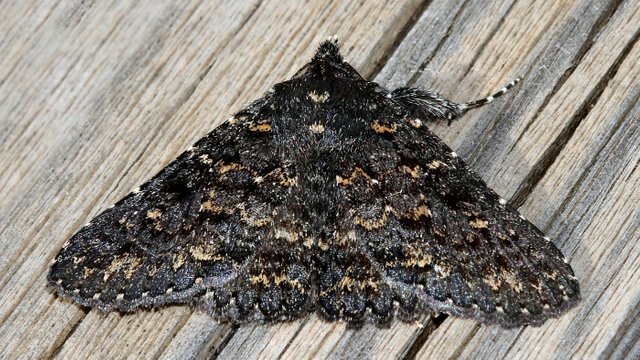
Praxis edwardsii - Dorsal view. Forewing length 22mm
...and another shot of the same. It landed on the clear perspex of my trap giving me the chance to photograph the underside.
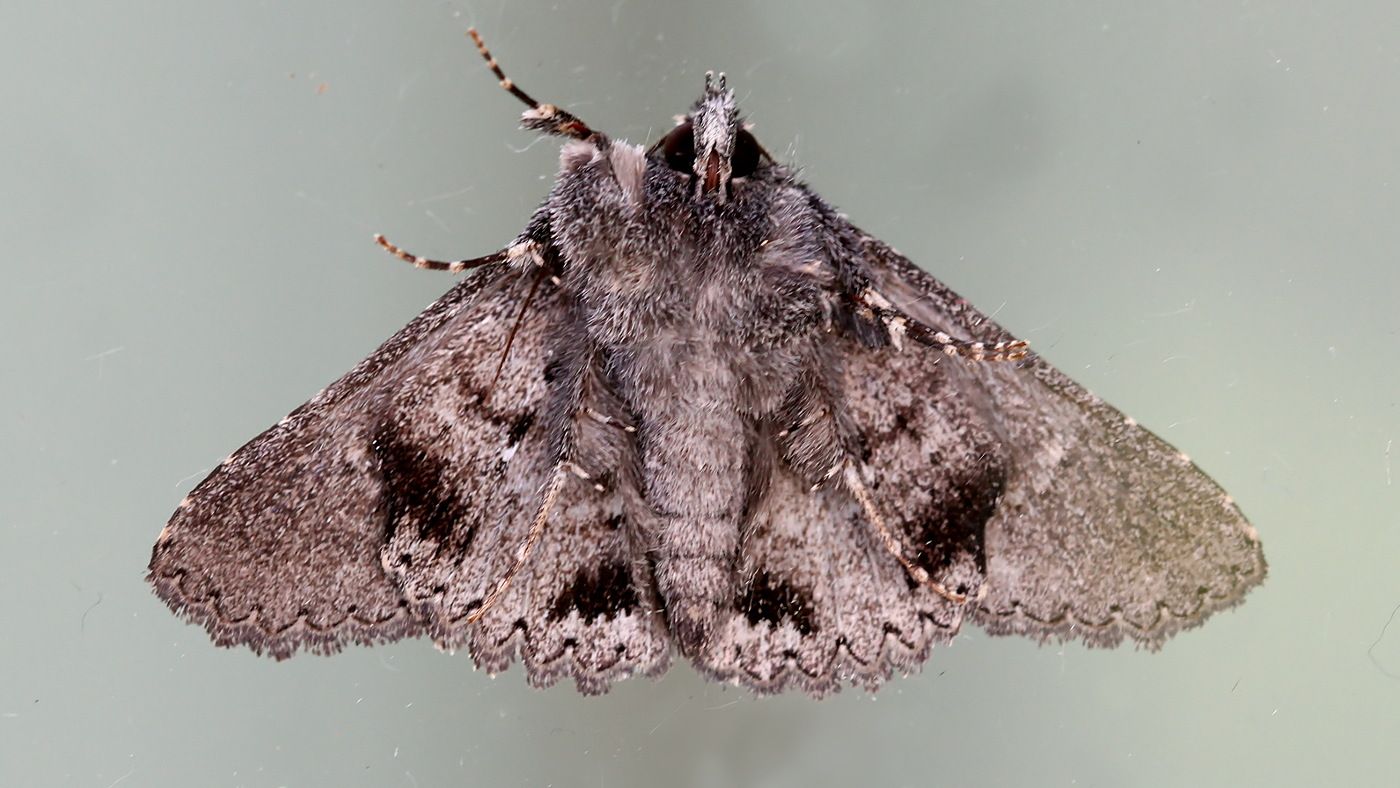
Praxis edwardsii - Ventral view
Last one ...This appears to be a rather faded specimen of the Common Anthelid, Anthela acuta. This is a very variable moth (probably multiple species are currently grouped under this name).
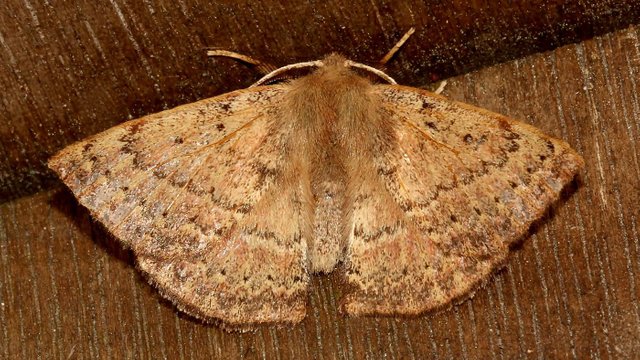
A faded Anthela acuta - Dorsal view. Forewing length 22mm
References:
- Yeates, D.K., Harvey, M.S. and Austin, A.D. (2003). New Estimates for Terrestrial Arthropod Species-Richness in Australia. - Records of the South Australian Museum Monograph Series Number7: 231–242.
- Chapman, D (2009). Numbers of Living Species in Australia and the World. - Australian Biological Resources Study.
Further Reading:
- Enjoying Moths – Roy Leverton – 2001 – Poyser Natural History Books

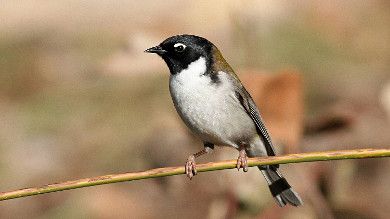
Endemic Birds of Tasmania (10 Photos) 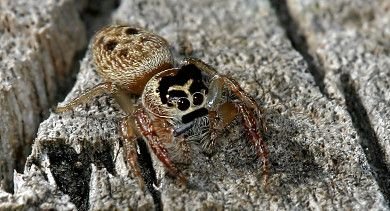
Jumping Spider or Groucho Marx :-) 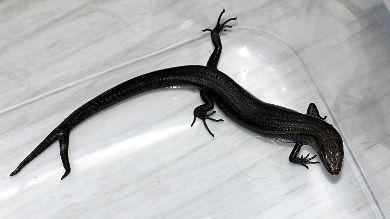
The Curious Case of the Two Tailed Lizard 
Monochrome Monday - Old Style Red Phone Boxes |
Very interesting subjects you've got here! I have a small collection of moth pictures too... since they actually make very good models - not easily startled and are easily found here in Malaysia. The first moth's front view looks like its a coconut brush! Lol... The second definitely has a wood grain camouflage - looks a little grumpy... :) I think they are pretty - they have lovely patterns on their wings!! Cheers!
(Now I know where to go to have my 'fill of moths'... haha!)
Chances are I will have plenty of moths posts. May have to change the blog name to mostly.moths :-) I reckon Malaysia, being in the tropics, would have some amazing moths.
Lol... Look forward to more of them! Yup, we get tons... I had posted some earlier on - that being some time ago, (this is most recent) maybe I'll revive some shots and add a few new ones soon... :)
This post received a 15% vote by @mrsquiggle courtesy of @choogirl from the Minnow Support Project ( @minnowsupport ). Join us in Discord.
Upvoting this comment will help support @minnowsupport.
Your post makes me want to take up mothing! They are definitely pretty little insects.
It's every bit as fun as birding :-)
Loads of information. Many thanks. Love it. @mostly.nature Followed
This post recieved an upvote from minnowpond. If you would like to recieve upvotes from minnowpond on all your posts, simply FOLLOW @minnowpond
@mostly.nature got you a $1.49 @minnowbooster upgoat, nice! (Image: pixabay.com)
Want a boost? Click here to read more!
Moths can be just as pretty as butterflies. We have both varieties in and around our gardens. I need to remember to charge the camera batteries...
There are some quite spectacular looking moths here.
Ermmm.. Lovely moths ;)
I actually like butterflies equally to moths. I like all of them on photos. But I don't want any of them flying near me :D
I just walked in from my light trap and noticed a big fat one had hitched a ride on my coat.
bleehhh [shivers]